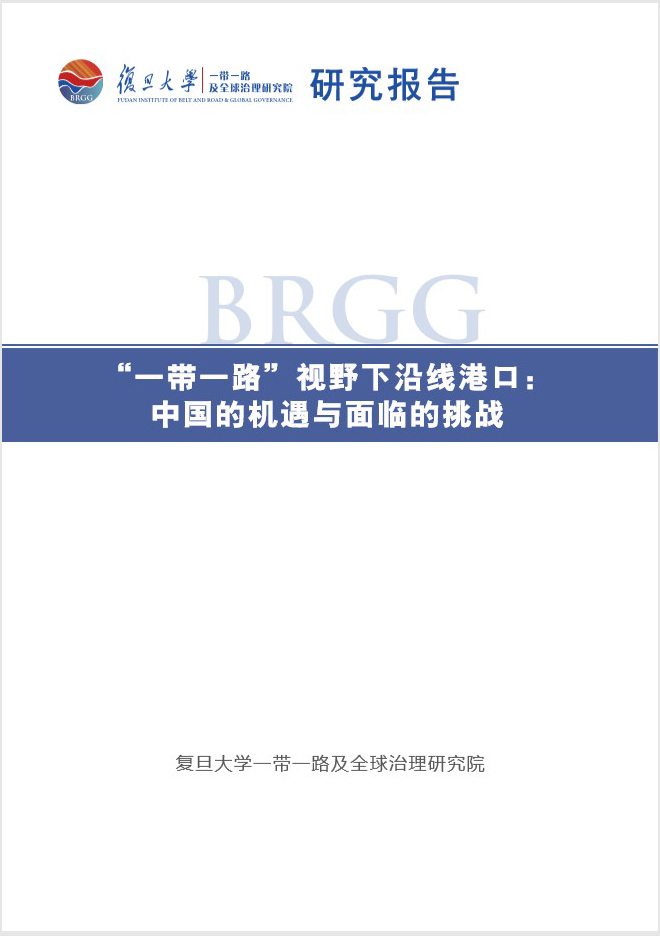Brief:From the perspective of global governance,The Belt and Road Initiative is a symbol of the Chinese wisdom and the Chinese approach. From the perspective of the history of international trade and good circulation, channels of commerce, investment and logistics have already existed among the countries and regions along the Belt and Road. The regained attention about these channels is due to the refreshed vision of world economy rather than to the intention of another repartition of interests. Particularly, ports along the Belt and Road have been the hubs in the international trade network for a long time. From the perspective of a community of shared future, the aspiration of different countries to socio-economic and technological development remains largely the same in such that the contribution made by China in terms of technology, capital and management experience to these countries would eventually benefit the local population in a tangible way. From the perspective of the port and shipping development, multiple factors such as globalization, supply chain integration, large-size transport vessels, freight containerization, widely used information technology, shipping alliance and connected infrastructure have already prepared a new investment and market vision at the global scale. From the perspective of the Chinese domestic market, the increasing investment driven by trade and shipping transport signifies itself that markets along the Belt and Road have a prosperous future, in spite of the fact that conditions such as service quality, economic development level, infrastructure, political stability and religious culture may vary greatly from place to place. Therefore, the report suggests that opportunities and challenges for ports development coexist for China. Moreover, the Chinese enterprises willing to participate in investment and management should be closely in pace with related communication of policy, trade, capital and cultural understanding. It is only by this way that the multiparty win-win situation and sustainable development can be envisaged under the appropriate risk control.







